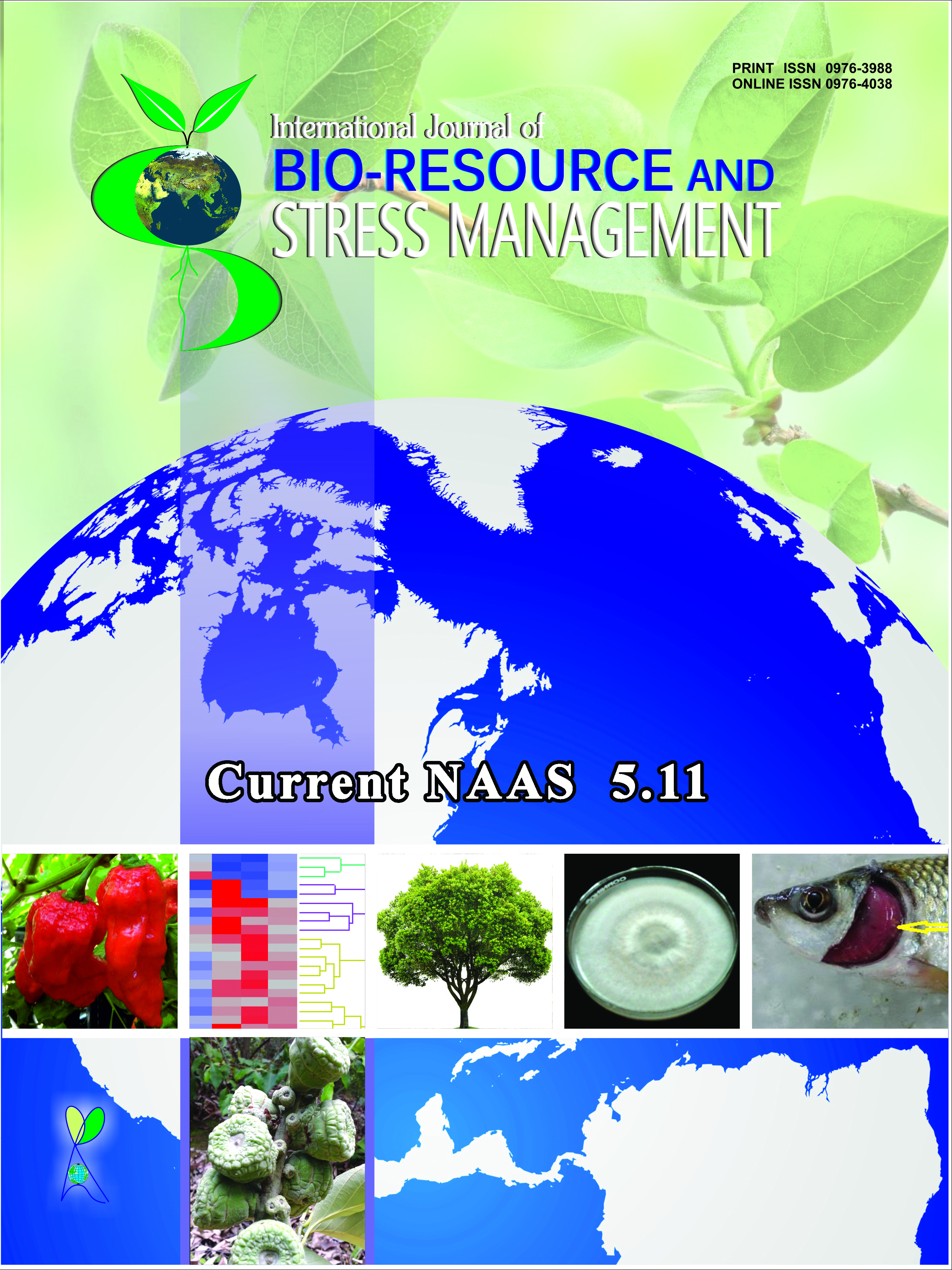Rooting Medium and Fertilization on the Growth of Chayote (Sechium edule J. S.) Planting Material in Nursery
Keywords:
Chayote, growth, rooting media, nutrition, nurseryAbstract
Chayote seedlings in nursery stage were grown in three different rooting media, and three different fertilizers at three different rates were applied to them. Vine length, leaf area, and fresh and dry plant weight were recorded 30 days later. Photosynthetic rate, transpiration rate and ambient parameters were monitored on selected dates. Composite leaf samples were taken for mineral analysis. All three main factors had a statistical impact on biomass accumulation, while their impact on leaf area or vine length was differential. Shortest vines grew in fritted clay, regardless of fertilizer or fertilizer doses. Greatest mean vine length was registered in seedlings grown in peatmoss or lombricompost using urea in the first case and polyfeed in the later. Maximum plant dry weight was observed in plants grown in peatmoss, when using urea. Concomitantly, lowest mean photosynthetic rates were measured in plants grown in fritted clay, regardless of fertilizer or fertilizer doses. Indeed in this case the rates did not exceed 28 or 21% corresponding to plants grown in peatmoss or lombricompost, respectively. Strong differences in leaf temperature among treatments, and an inverse relation between leaf temperature, and photosynthesis and transpiration rates was typical, indicating a tight stomatal control over gas exchange to prevent overheating and desiccation. Mean relative water content in young vines was 90%; mass to surface area ratio on a dry weight basis was estimated at 3.447x10-3; apparent free space in leaves, petioles and vines was estimated at 21, 23 and 33%, respectively, regardless of treatment. Foliar nitrogen was higher in plants grown in lombricompost, while phosphorus and potassium were higher in plants grown in peatmoss. Optimum chayote planting material can be obtained by cultivation of sprouted fruits in peatmoss or lombricompost using urea or polyfeed, respectively, at the rate of 3 g l-1 in either case.
Downloads
Downloads
Published
How to Cite
Issue
Section
License
Authors retain copyright. Articles published are made available as open access articles, distributed under the terms of the Creative Commons Attribution-NonCommercial-ShareAlike 4.0 International License, which permits unrestricted non-commercial use, distribution, and reproduction in any medium, provided the original author and source are credited. 
This journal permits and encourages authors to share their submitted versions (preprints), accepted versions (postprints) and/or published versions (publisher versions) freely under the CC BY-NC-SA 4.0 license while providing bibliographic details that credit, if applicable.





